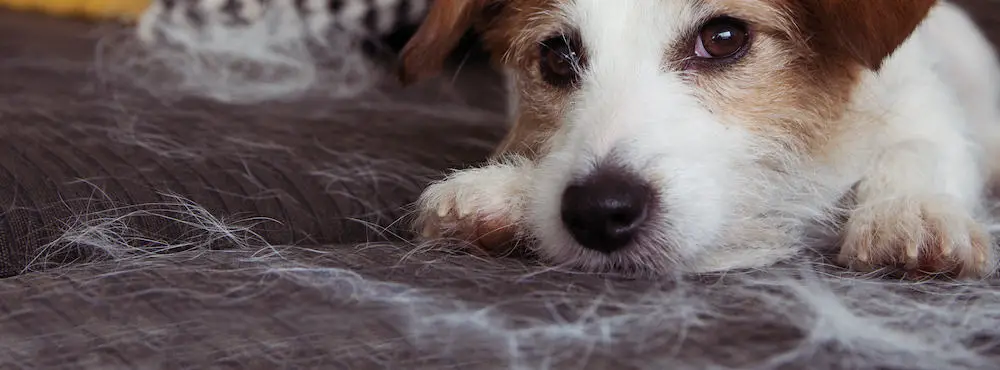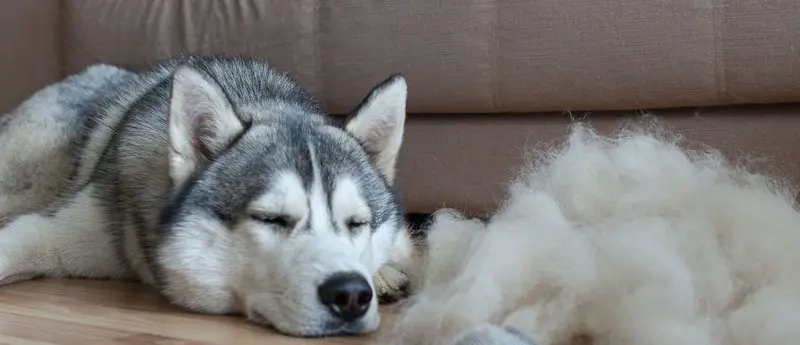Written by Dr. Ivana Crnec, DVM
Studies show that being a dog parent comes with many perks – from reduced stress levels through leading a more active life to decreased risk for certain diseases. Not to mention the extras in terms of being entertained and loved by a furry, four-legged friend.
The accent put on furry. And furry is what triggers the biggest downside of being a dog parent. When living with a dog, it is natural to expect hairs everywhere – your clothes, living room sofa, bed, carpets, table, and even your food plate.
Over 63 million U.S. households own a dog, and a dog hair-covered living environment is more than a cosmetic problem. Considering that between 10 and 20% of the population has dog allergies, hairs also represent a health risk.
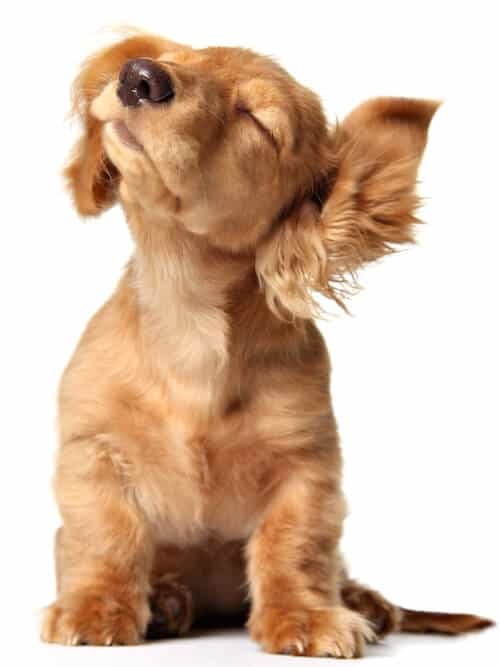
Expecting a dog not to shed at all is unrealistic (unless parenting a hairless dog). Therefore, you should focus all efforts on minimizing both the intensity and the duration of the shedding process.
If you think your home is covered with more hair than your dog, keep reading. This article will reveal some valuable tips on how to achieve the almost impossible – keeping your home dog-hair free. Plus, it will debunk a popular myth and prevent you from making a huge mistake.
How to reduce dog shedding –
8 dog shedding remedies
As promised, here are several tips on how to manage your dog’s shedding.
1. Brushing is the most important thing
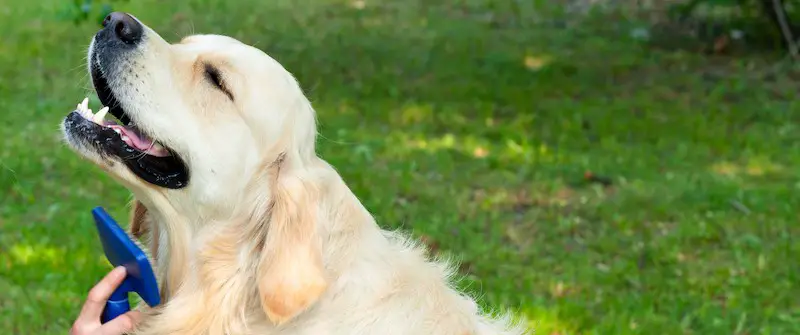
Brushing is the golden standard of shedding management. Brushing has three main benefits:
- It removes loose and dead hair, thus assisting the natural shedding processes
- It increases the blood flow, thus promoting faster shedding
- It spreads the skin oils evenly, which once again makes the shedding shorter and less pronounced
When it comes to brushing, there are two factors worth mentioning – frequency and type of brush. Both factors depend on the dog’s breed, more accurately – its coat type.
For example, bristle brushes are a universal choice; wire-pin brushes are suited for curly-coated dogs that need detangling; slicker brushes are for dogs prone to tangles and mats, and combs are for removing old hair and dander and massaging the skin.
If in doubt which frequency and brush are best suited for your dog, consult with your trusted vet.
Vet Tip:
It is vital to start brushing your dog while a young puppy. At this life stage, puppies do not need actual brushing.
However, the goal is to get your pup used to the idea of brushing. That way, when it needs actual brushing, it will not mind the handling.
2. Use a de-shedding tool to remove loose hair
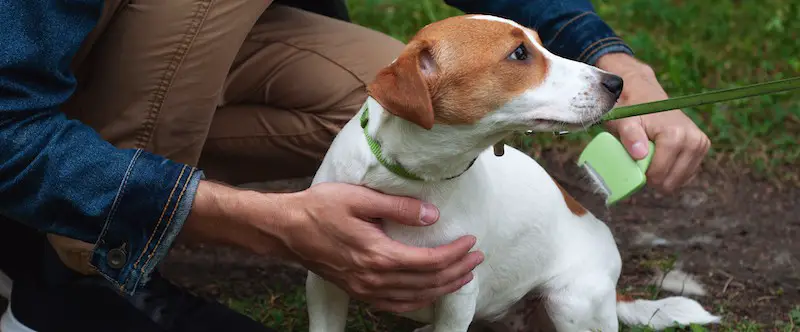
De-shedding tools are very efficient and very popular. When used correctly, they are a great yet simple way of managing shedding.
The exact de-shedding tool, just like the brush, is chosen based on your dog’s coat type.
As for the frequency, it is recommended to use a de-shedding tool once or twice per week, and each de-shedding session should last between 10 and 20 minutes.
It should be noted that de-shedding tools are not recommended for certain low-shedding dogs and dogs with extra sensitive skin like Lowchen, Kerry Blue Terrier, American and Irish Water Spaniel, Bichon Frise, Bedlington terrier, Havanese, Cotton de Tulear, Comondor, Maltese, Puddle, and Puli.
Vet Tip:
Be mindful of the amount of pressure you apply while using the de-shedding tool. This brush’s bristles are hard and can easily damage your dog’s sensitive skin.
3. Balanced nutrition will prevent excess shedding
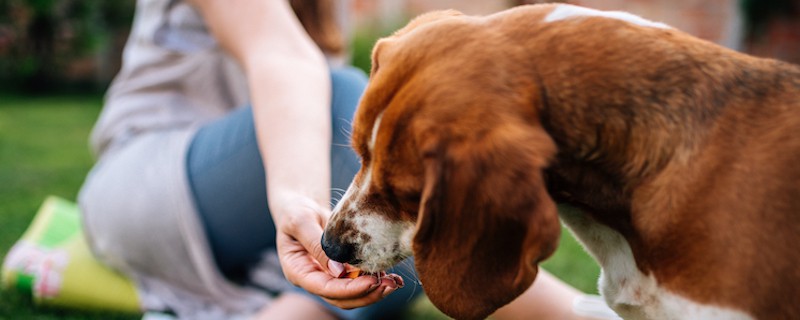
Poor diet is linked with low-quality coats and excessive shedding.
Poor diet does not mean the dog is not eating enough. Usually, a poor diet means the dog is eating enough in terms of quantity but not in terms of quality. In simple words, the food is lacking high-quality nutrients. This is a widespread yet neglected cause of excess shedding.
If a dog parent purchases a 50-pound dog food bag for $50, the dog’s shedding will likely increase after about two to three weeks. Experts agree that high-quality dog food cannot cost less than $4 per pound, and the food mentioned above costs $1 per pound.
If the same dog is switched back to high-quality, well-balanced, and nutritionally rich food, the shedding will decrease for roughly about the same time it increased.
Vet Tip:
If you are a trend follower and you are feeding your dog a gluten-free formula (because that is the current mainstream), you are unknowingly contributing to your dog’s shedding issue.
Namely, a recent study showed that gluten-free foods increase the shedding rates in most dog breeds. The only dog that benefits from a gluten-free diet is a dog with gluten intolerance. And gluten intolerance in dogs is much less common than you are led to believe.
4. Try fatty acids supplements
Fatty acids like omega-3 and omega-6 are important for maintaining healthy skin and coat. The healthier the skin and coat are, the faster and smoother the shedding.
The healthier the skin and coat are, the faster and smoother the shedding.
For these fatty acids to exert their beneficial effects, they need to be properly balanced. Achieving the right omega-3 to omega-6 ratio is hard, and supplementation is always recommended.
Luckily, there are many different fatty acids supplements available on the market. The most popular choice is fish oil.
Vet Tip:
Before buying a fatty acid supplement, ensure your dog is not already taking fatty acids through its food or other supplement products. For example, many joint supplements contain adequate fatty acids levels.
5. Bathe your dog (but not too much)
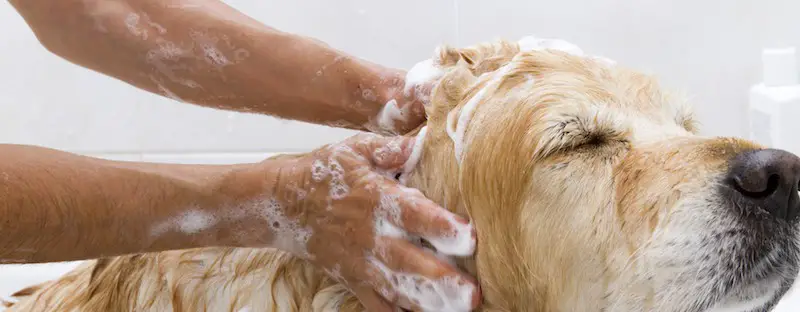
Bathing is vital for keeping the dog clean and free from mats, tangles, and unpleasant doggy odors. When bathing your dog, there are two primary considerations – bathing frequency and bathing products.
Infrequent bathing increases the chances of fur issues and worsens shedding, while too frequently bathing strips your dog from the natural skin oils necessary to keep the skin and coat healthy.
In general, dogs with curly and long hair should be bathed no more than every four to six weeks. Dogs with short, flat coats can go more than eight weeks or so without bathing.
If a specific medical condition implies more frequent bathing, choose grooming products that help keep the skin moisturized and restores its oils.
The second concern is the type of bathing products – primarily shampoo and conditioner. Poor product choices lower the skin and coat’s quality and increase the shedding. The top two most common poor bathing product choices include:
- Using human-grade shampoo and conditioner
- Using cheap, low-quality dog shampoo and conditioner.
The bathing products should be chosen in accordance with your dog’s personal needs. Luckily, the modern pet market offers many reasonably priced products with satisfactory qualities.
Vet Tip:
Keeping your dog clean is important but keeping it healthy is even more so. In those terms, always talk to your vet before determining your dog’s bathing frequency.
Every dog is different and needs a personalized bathing schedule based on its breed, overall health, and lifestyle.
6. Control pests and diseases on your pet
and take care of your dog's skin
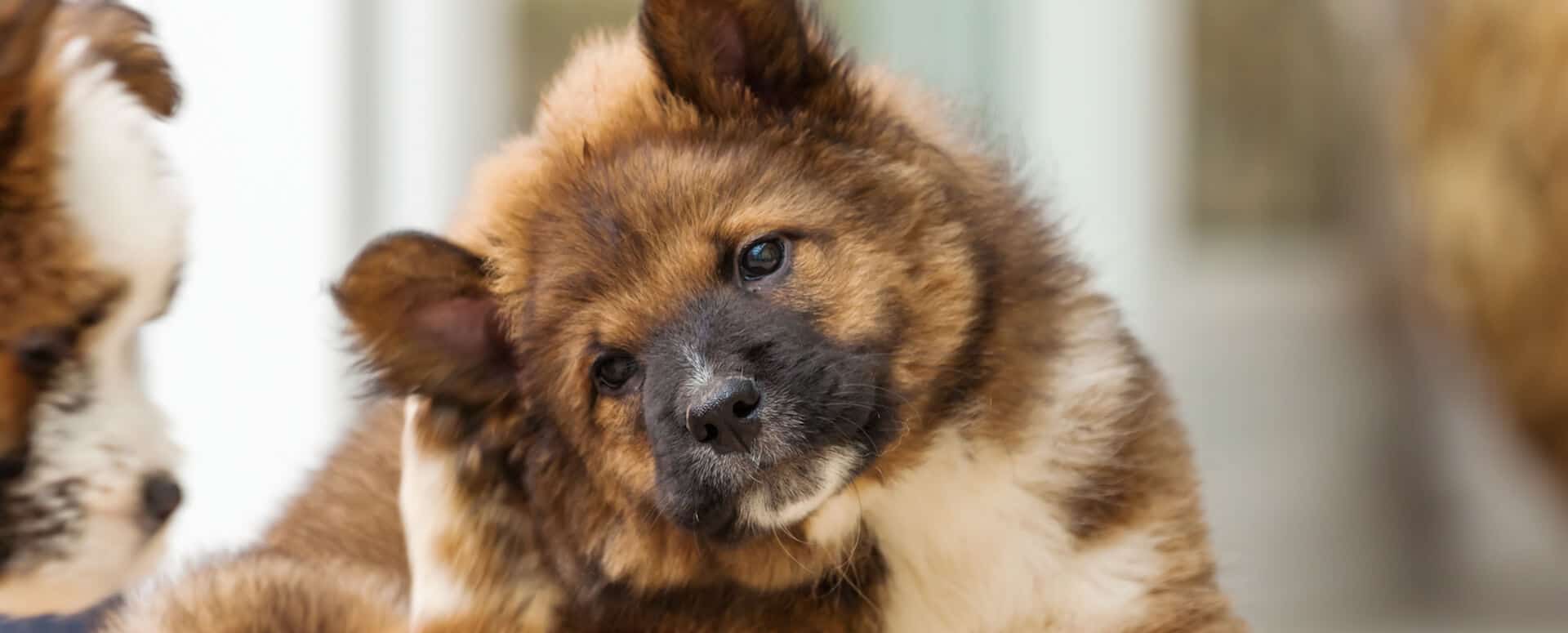
Pests or external parasites are indirectly contributing to the shedding intensity. Pests like fleas, lice that live on the skin’s surface or within the coat lead to generalized itchiness and decreased hair quality.
The itchiness causes skin issues, and the decreased coat quality results in dry, brittle hair that easily breaks and falls. The same concept applies to parasitic skin diseases such as scabies and ringworm.
Vet Tip:
In the past, pests were present at specific parts of the year. Today, with the seasonal change, they are an all-year-round concern in most places of the world.
To protect your dog, ask your vet about the best preventive option (collar, spot-on, or chew) and make sure your dog is always up to date. Keep in mind that pests do more than fur damage – they transmit many infectious diseases.
7. Consider natural home remedies

There are many natural and home remedies for shedding management. Some focus on improving the overall skin and coat health, and others on preventing conditions that would worsen the shedding.
The most popular natural home remedies include coconut oil, olive oil, and molasses. Adding some of these ingredients to your dog’s menu, couple of times a week eliminates the need for skin and coat supplements.
Vet Tip:
Not every home remedy you find online is safe for your dog. For example, some sites recommend giving your dog garlic to prevent pest infestations. Garlic is toxic to dogs, and no scientific data are supporting its use in dogs. So, before trying a home remedy, consult with your vet.
8. Hydration matters
It may sound like a cliché, but water is the essence of life. Water is vital for the dog’s overall health, including its skin and coat.
Drinking adequate amounts of water ensure proper hydration and keep the skin well-moisturized. This is critical as dehydration causes dry skin and dry skin worsens shedding and increases hair loss.
Vet Tip:
To encourage your dog to drink enough water, place bowls in several locations around the house. If your dog is not a keen drinker, entice its water appetite by adding few drops of chicken broth or tuna juice to its water bowl.
How do you stop a dog from shedding?
Or can you?
To say the word stopping is a bit exaggerated. Shedding is normal, and no matter what you do, you cannot stop it. However, if you follow the general guidelines and tips listed above, you will keep the shedding at a manageable level.
Shaving is the ultimate mistake
Knowing what not to do with your shedding dog is just as important as knowing what to do. There is a widespread myth that the ultimate solution to shedding is shaving. The truth is, shaving is the ultimate mistake – it is temporary and disrupts the normal hair growth cycle.
The disruption is more accented in double-coated dog breeds in which shaving can lead to permanent hair damage. Typically, in double-coated dogs, the top and undercoat’s growth is synchronized. Shaving makes them grow at different rates and culminates in a Velcro-like coat.
Based on your dog’s breed, it is realistic to expect all-year-round minimal shedding and more pronounced shedding twice per year. However, the exact intensity and pattern depend on the breed and on the individual – not all dogs from the same breed shed equally.
Benefits of Preventing Excess Shedding
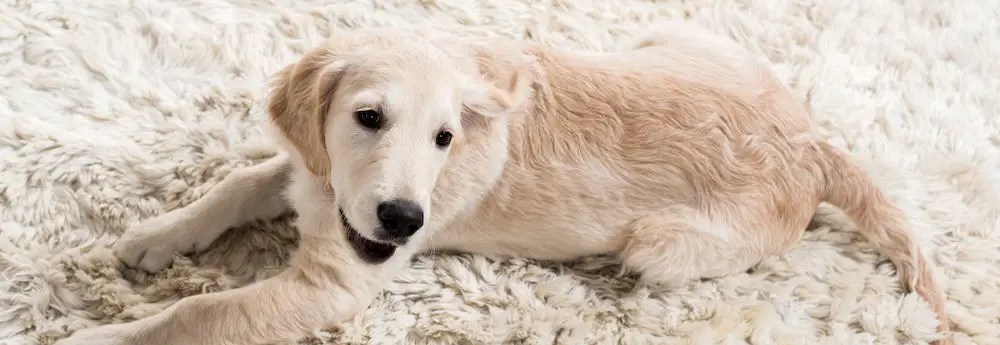
Preventing excess shedding will not only benefit your dog by keeping him healthy and groomed, but it has benefits for you as the owner as well.
Shedding is usually the number one cleaning problem pet owners face. And since shedding cannot be stopped, you have to find ways to deal with it. Unfortunately, it’s a part of pet parenthood and something that you need to accept.
However, by preventing excess shedding, you can also keep your home cleaner and more hygienic. With less loose dog hair around, you won’t have to vacuum as often.
How to control dog hair in the house –
taking care of your pet is not enough...
As dogs can shed heavily, making sure pet hair doesn’t invade your home can be a challenging task. If you have a dog that sheds, you’re living with the source of the problem, and there is no way of stopping shedding completely.
Grooming, feeding a balanced diet, and ensuring your pet is healthy will go a long way and help you deal with pet hair and keep it to the minimum. However, there are other things you can do too to win the struggle against dog hair.
Protect your furniture, carpets, rugs, and bed from shed dog hair.
Firstly, you can pet-proof your home. This means things like getting a couch cover, pet blanket, or a pet bed. Items like these will protect your furniture, carpets, rugs, and bed from shed dog hair. Also, they are easy to wash and keep clean, making it simpler for you to remove the hair.
Also, you can choose materials that are pet hair friendly. For example, you can
- pick bedding materials that repel pet hair
- choose a leather couch and furniture which are easy to keep clean
- opt for rugs that are easy to wash
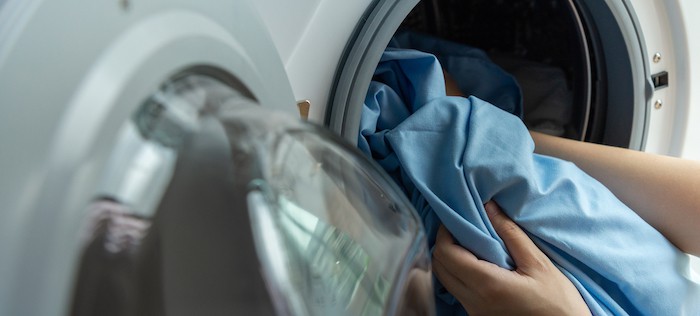
Also, hardwood, tile, or vinyl floors are always easier to clean than carpeting or thick area rugs. With your choices, you can easily affect how easy it is to keep your home clean and pet hair-free.
Cleaning is the most effective way of keeping that dog hair under control
In the end, in addition to grooming, cleaning is the most effective way of keeping that dog hair under control. That means doing your upkeep cleaning regularly and choosing the right cleaning gear. A pet hair vacuum is the number one cleaning tool in pet homes. You can also use air-purifiers, brooms, mops, and other cleaning products geared towards removing pet hair.
The trick is choosing something designed for pet hair or otherwise proven to work in pet homes. There are many cleaning tools that may be efficient in many ways, but dog hair often proves to be quite challenging to remove, so it’s essential to have something that is functional and really works for pet hair.
Pro Tip:
You can also make it easier to keep the house clean and the pet hair under control by training your pet. Get a pet bed and train your pup to sleep in it instead of your bed or couch. Or teach them to lay on top of a pet blanket, which is easier to wash than the couch covers.
Bottom line – How to prevent dog shedding?
You do not prevent normal shedding – you manage shedding and keep it to a minimum. Dealing with dog hair is part of the remarkable dog parenting experience.
Like any other experience, owning a dog comes with both pros and cons, and a hair-covered environment is one of the cons.
However, if looking at the bigger picture, the pros definitely outweigh the cons. Being a dog parent is fantastic, and we highly recommend it (and if your dog is a heavy shedder, we also recommend keeping the vacuum cleaner and lint rollers on hand).
1. PetsWebMD, Dog Shedding, retrieved from https://pets.webmd.com/dogs/excessive-shedding-dogs
2. American Kennel Club, Dog Shedding: What to Expect and How to Manage it, retrieved from https://www.akc.org/expert-advice/health/dog-shedding-what-to-expect-and-how-to-manage-it/
3. PetMd, Benefits of Proper Nutrition, retrieved from https://www.petmd.com/dog/nutrition/evr_dg_the_benefits_of_proper_nutrition
4. PetMd, Is Your Dog's Excessive Shedding a Sign of Illness, retrieved from https://www.petmd.com/dog/conditions/skin/your-pets-excessive-shedding-sign-illness

